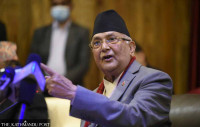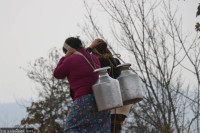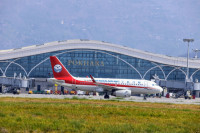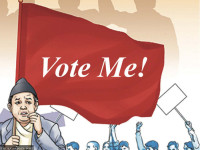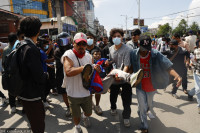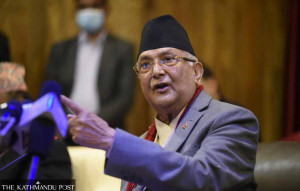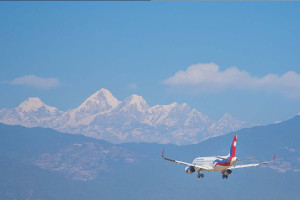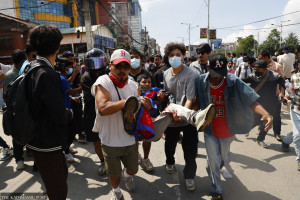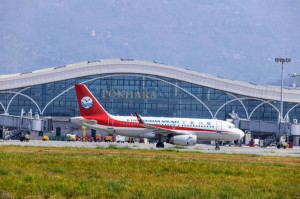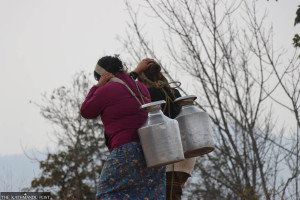Editorial
Re-opening schools
The authorities, it seems, have come under increasing pressure to take the plunge.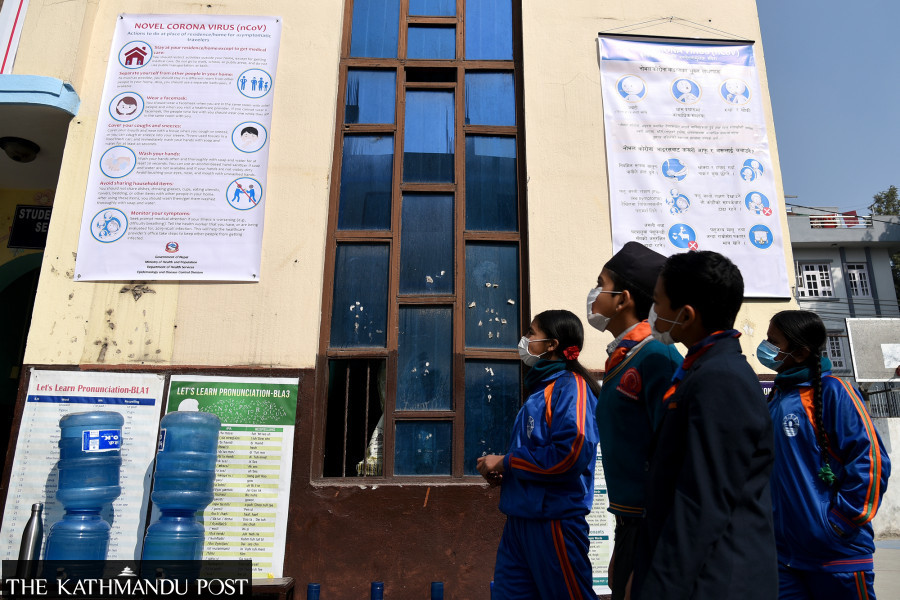
The hustle and bustle of school buses scurrying children, frantically weaving through the notorious rush hour traffic, has been visibly absent from the streets of Kathmandu, brought on by the preventative measures to contain the spread of Covid-19. On September 2, Kathmandu Metropolitan City’s education board issued a circular on the re-opening of schools. This has been met with an ambiguous sense of acceptance by the community at large. The authorities, it seems, have come under increasing pressure from institutions, largely private, to take the plunge in arriving at this somewhat mistimed decision.
It has been a considerable time since the educational institutions were running at full capacity. Almost instantaneously, teachers and students had to adapt to a new form of interaction. The initial excitement of a novel way of learning (virtual learning) has now given way to stress and confusion for all those directly involved with it. The transition from face-to-face to distance learning has been frustrating for many in Nepal. Parents had to constantly supervise their children’s classroom interaction, and the presence of an added bogeyman for children credited to the conflated environment we all live in these days, may have had lasting ramifications on their mental and social exposure.
The indefinite shutdown of schools has had an inordinate effect on children from underprivileged backgrounds, largely from rural Nepal. They are the ones who lack access to amenities such as laptops, mobile phones and the internet that would facilitate uninterrupted learning. It is them who have fewer opportunities beyond schools. The recent circular on keeping schools open would benefit them most provided health protocols are followed, rather than schools in crowded cities. It is easier said than done when it comes to aligning the protocols set out by adults and expecting children to follow them conscientiously. How would the authorities keep on top of things to ensure protocols have been followed by a group of snotty grubby fledglings in the carefree world they seek to operate in?
If there is any lesson we can absorb from the second wave that has resulted in the catastrophic situation we find ourselves in, caution would be it. The vaccination drive has targeted adults; that outreach extends to the teachers, but why should we expose the children to fend for themselves in this precarious hour at a time when a study to vaccinate children between the ages of 12-15 is still ongoing?
With two of the biggest festivals (Dashain and Tihar) in the offing, the unreflecting nature of the decision to open schools now lays bare the fact that not much thought has been expended in this regard. What is the point of enforcing this disruptive resolve to close the institutions for the holidays barely a month after its re-opening? While the number of Covid cases still looks threatening, let it serve as a reminder for the authorities to take decisions in the interest of the wider community, lest we all repent at leisure.




 17.12°C Kathmandu
17.12°C Kathmandu
